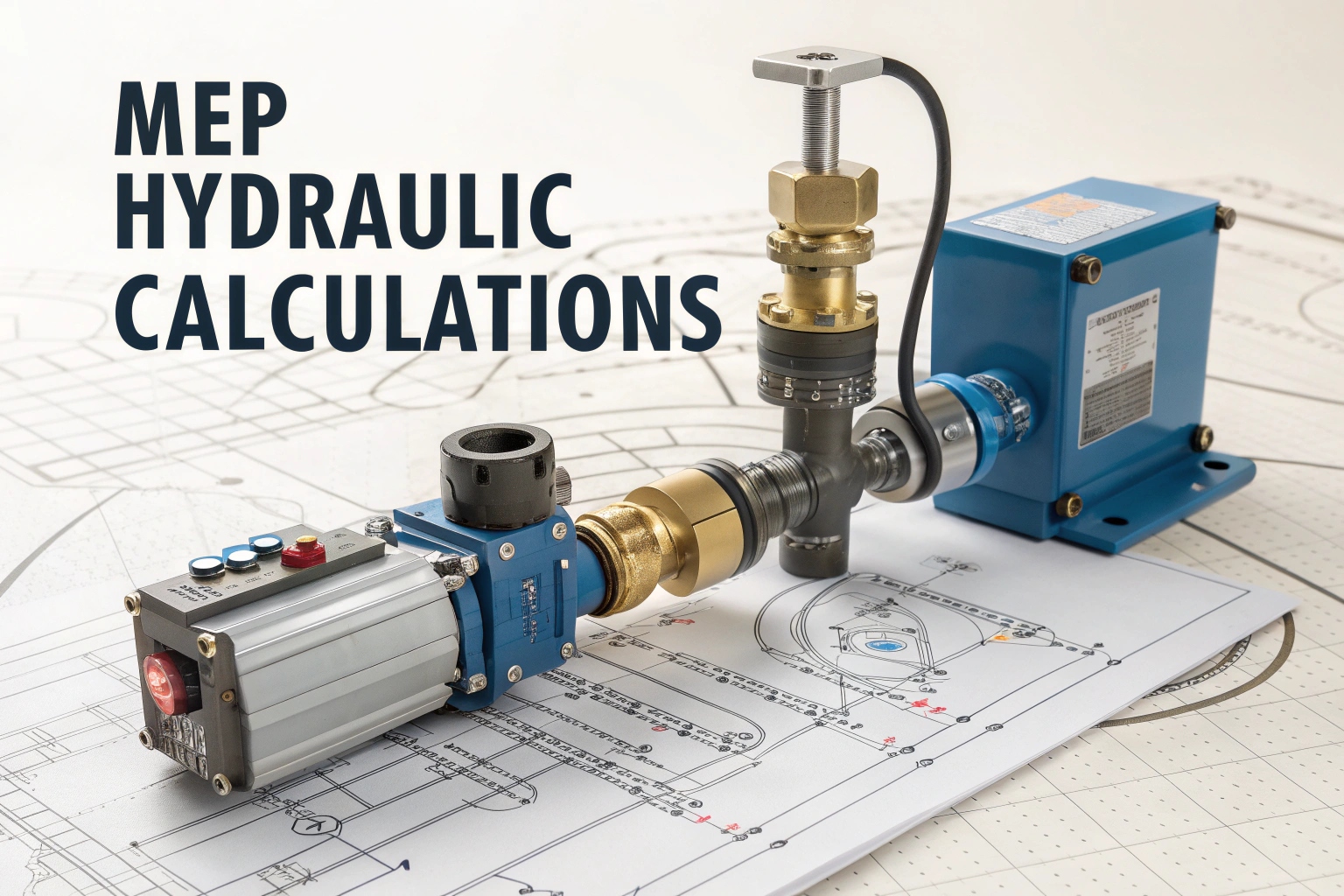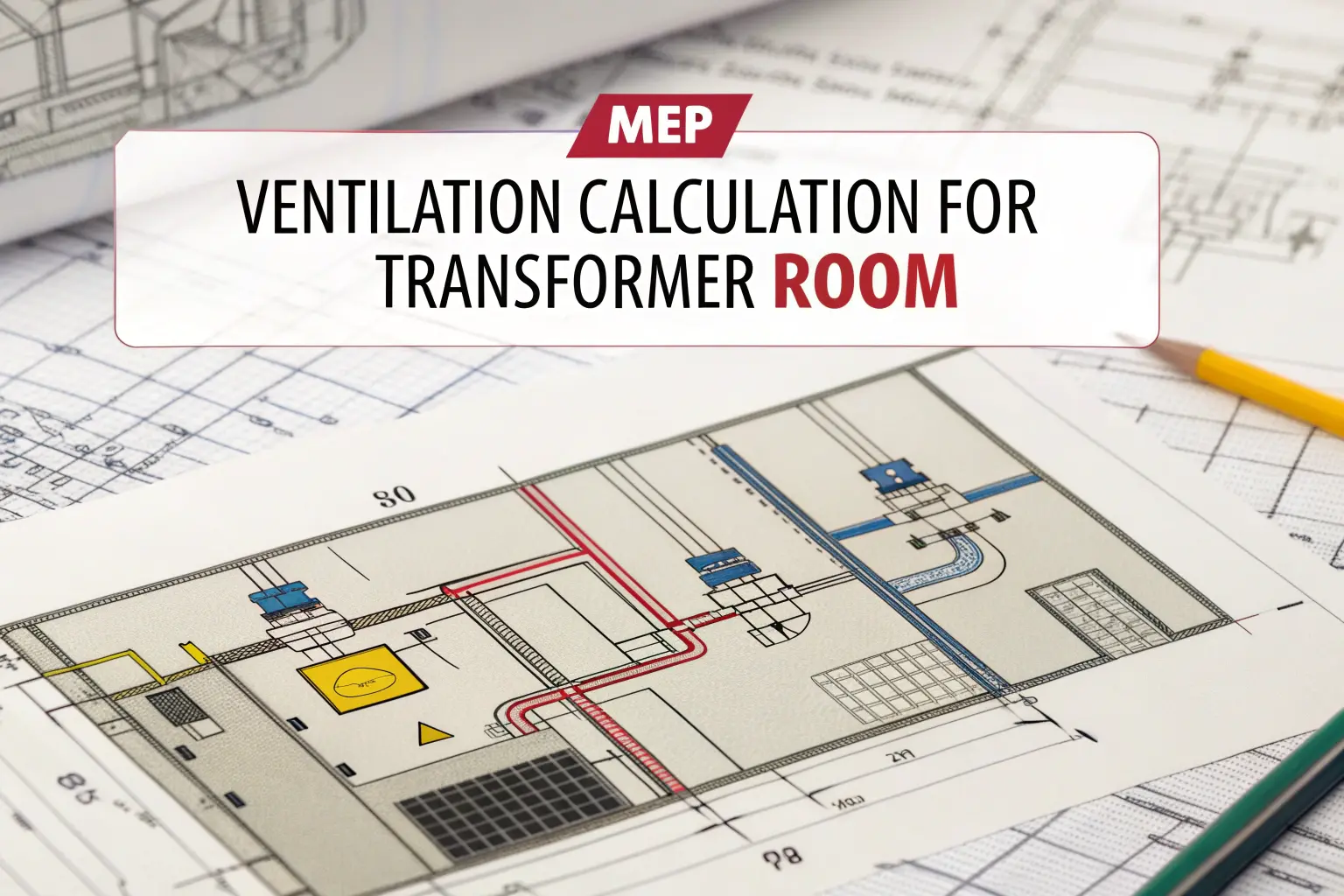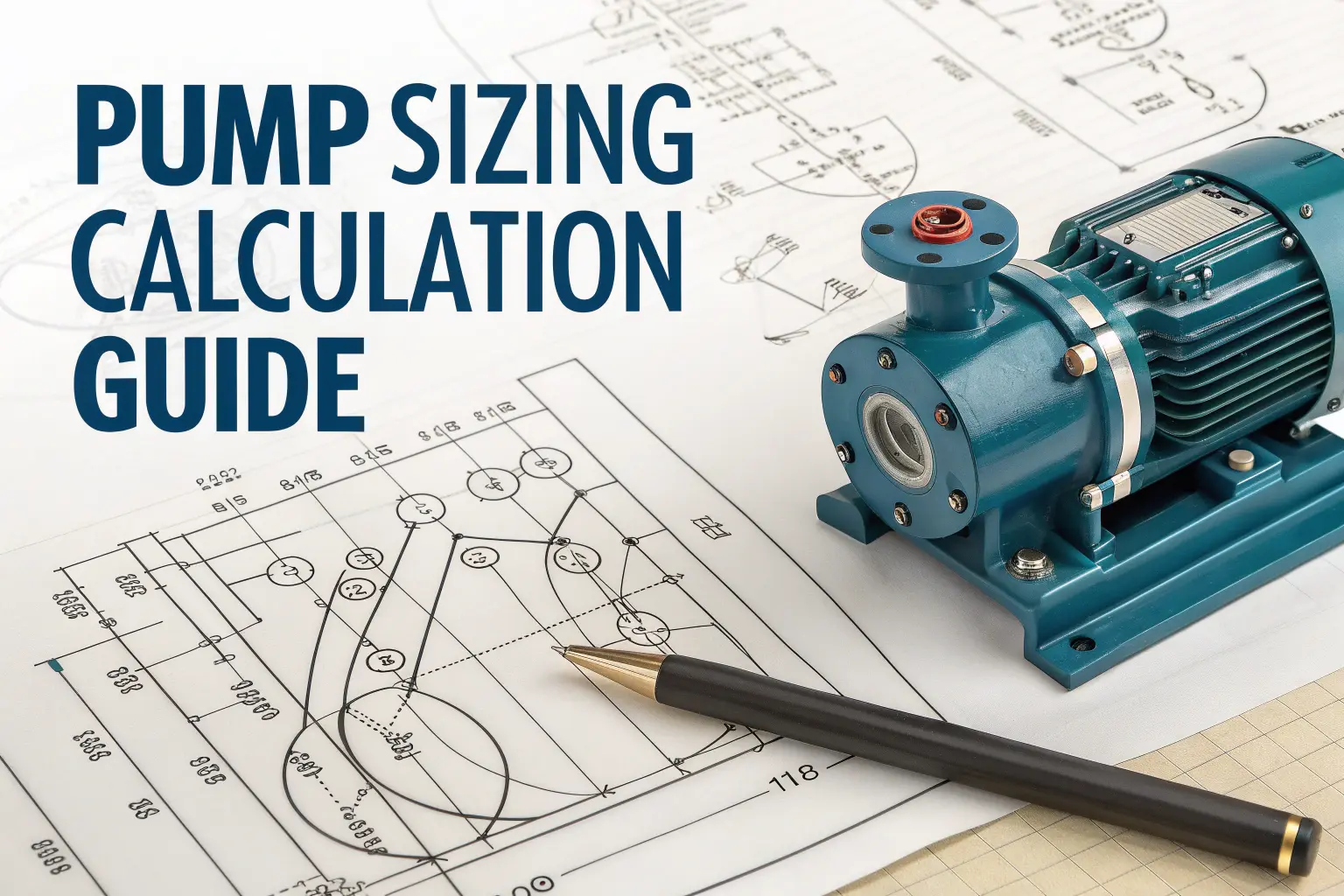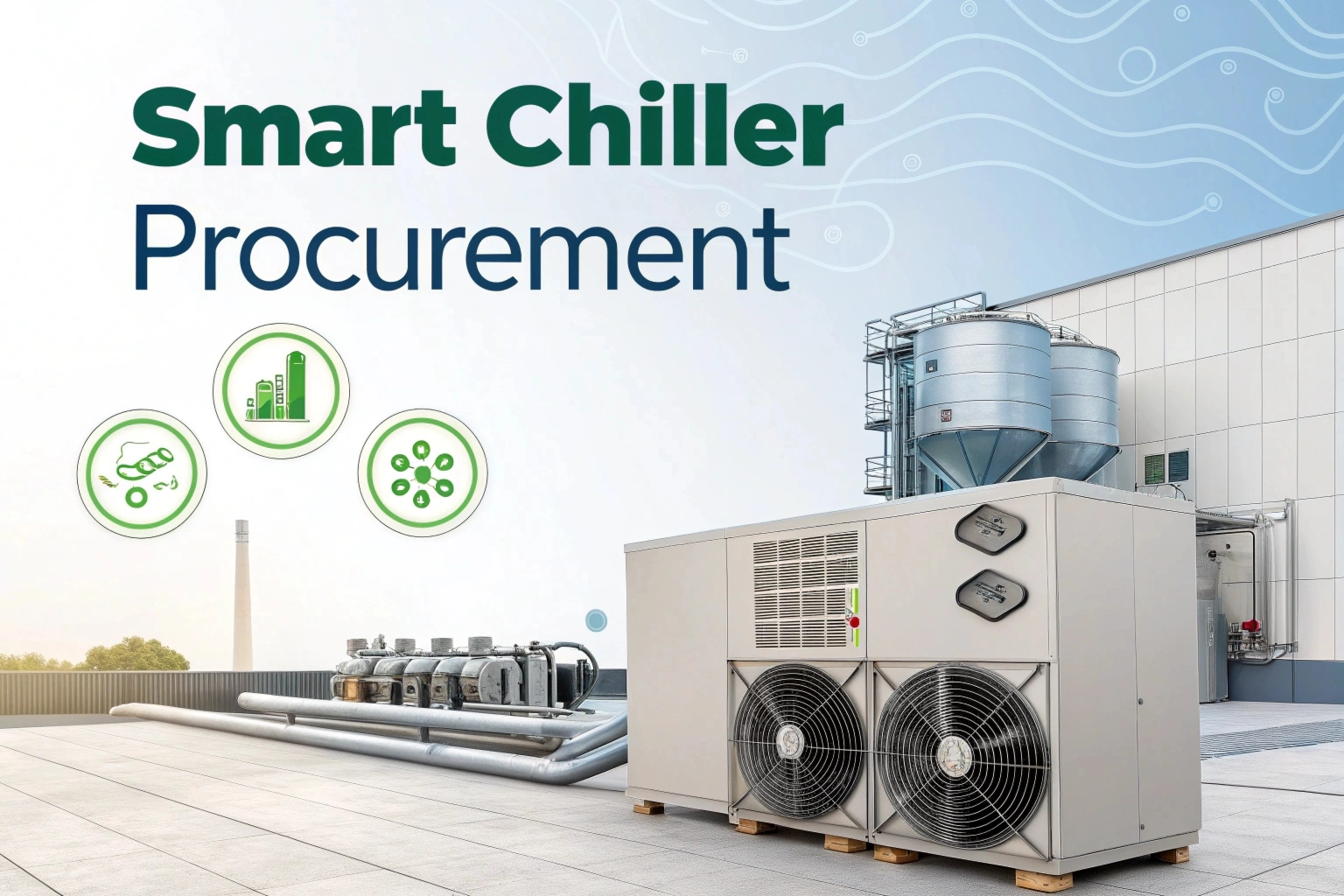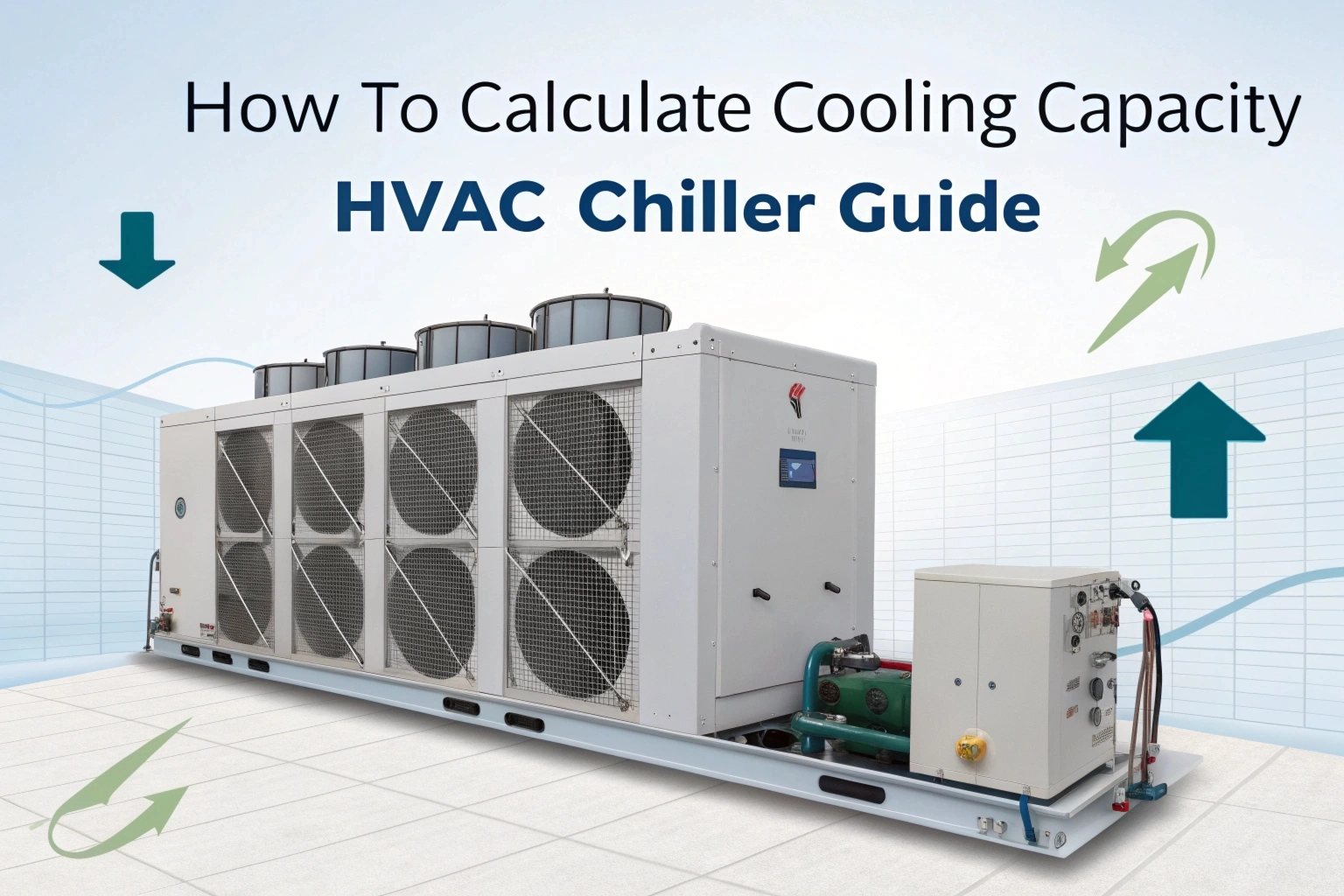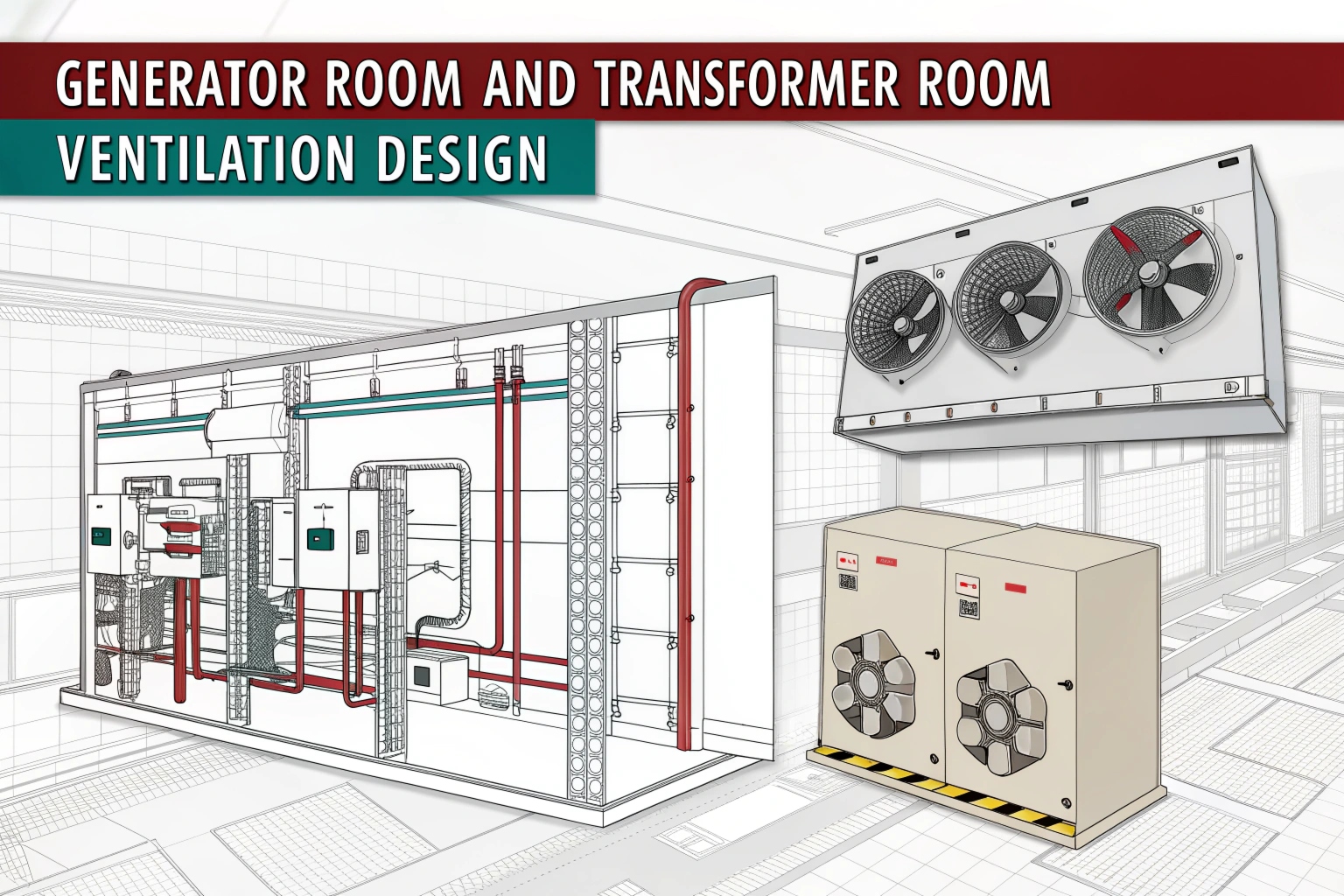During a power problem or outage, an Automatic Transfer Switch (ATS) changes from the main source to a backup source without delay. It automatically turns on the alternate energy source the moment the main source fails.
What is an Automatic Transfer Switch (ATS)?
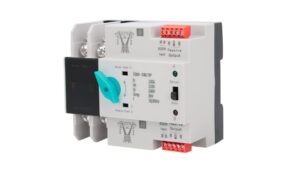
An ATS automatically transfers power from your main system to your backup system if there are problems with the main one. It is continuously monitoring the power supply. As soon as there’s a problem, it automatically switches from the main supply to the backup system.
With this system, important machines and systems continue to operate all the time. For this reason, ATS devices can be found in hospitals, data centers, factories and office buildings.
An ATS is designed to stop delays, loss of job tasks and avoid risk to people. It’s a key part of any network where sudden power cuts lead to big difficulties.
Among those who create ATS equipment are APC, Dell, Cummins Power Generation, General Electric, Western Telematic and ABB.
Functions of an ATS
An Automatic Transfer Switch is designed to discover when power has failed. It checks the voltage level and frequency of the utility supply all the time. Should these values go off to the normal range, the ATS moves the power source over to the backup supply.
The ATS is linked to your main power supply and also to your backup generator. The trigger calls the acquisition of electricity from the power sources and directs it to the equipment. It always transmits current to ensure all the equipment is connected to either the main or backup energy source. As long as short circuits or faults happen with the power, the ATS doesn’t disconnect from the system to prevent any power cuts.
An ATS may be used to power devices that rely on only one power cord, displacing another power supply if you have one. As soon as the main power source is on, the ATS returns all the loads to their normal line.
How Does an Automatic Transfer Switch (ATS) Work?
Initially, an Automatic Transfer Switch is linked to the main utility supply. When there is a main power failure, the ATS instantly redirects power to an uninterruptible power supply (UPS). It is able to kick in backup systems that run using diesel to supply power to the building until the power returns.
Let’s look at how the ATS normally changes the source of power.
- All power sources are no longer working.
- The ATS makes sure backup power is both stable and follows safe voltage and frequency ranges.
- If no problems are found, ATS changes the electric load over to the backup power.
- If all is clear on the power input, the ATS automatically sends load back to main power.
A power system for the ATS can be changed in three different ways, depending on the model designed.
- Closed Transition (make-before-break): The ATS first turns on backup power before cutting off the main power. This way, no interruptions happen and machines work well.
- Open Transition (break-before-make): the ATS separates the main power from the equipment and then powers on the backup source. This could last just for a little while.
- Delayed Transition: The ATS is designed to cause a short delay before it moves power from the main supply to the backup. Thanks to this delay, most of the extra electricity has disappeared which matters for certain tools.
Key Features of ATS
- High Short Circuit Resistance: The system is well protected against high short circuits by the ATS in any situation.
- Easy Installation and Quick Connection: The device is ready to use once you connect it. You won’t have to maintain it.
- Lockable OFF Switch: You can lock the switch in OFF so it is safe to work on your vehicle.
- Removable LCD Screen and Remote Communication: Both the receiver and the remote can be removed quickly. It’s possible to watch and operate the system from another location.
- Strong Electrical and Mechanical Performance: Electrical and mechanical performance of these switches is at a high level and they last a long time.
- Flexible and Compatible: Power ratings and setups vary from ATS, giving users options. You will find this type of air conditioning in factories, offices and homes.
Importance of ATS in Data Centers
ATS are essential in making a power system safe during emergencies. To stop power cuts and keep the facility running smoothly, data centers need them. Power can never be turned off in a data center. As a result, all the most important systems are able to work reliably.
A constant supply of power assures your data is safe and will not be lost. It also guards equipment from harm due to problems with power such as sudden surges, short voltages or outages. Especially, even power outages won’t interrupt how the company functions. ATS is designed to help, so people install it as a key part of their safety plans for the data center.
The flow of energy must be monitored and all appliances in the power line maintained continually. As a result, the system is reliable because it protects against power failures.
Conclusion
An automatic transfer switch helps you avoid a blackout if your main power supply fails. As soon as power outages happen, the backup kicks in and covers mistakes, related data problems or damage to equipment. Things are safe and uninterrupted at hospitals, data centers and offices thanks to ATS. Renewable energy systems monitor power constantly and respond quickly to fix issues. It also defends important parts and enables businesses to still work through temporary power issues. Because it’s so simple to set up and runs smoothly, ATS allows anyone to be ready for blackouts.
FAQs
What is an automatic transfer switch?
An ATS will automatically change power from the regular utility to your backup source if it notices a failure. Backup power is switched on instantly to keep things working smoothly.
What is the principle of ATS?
When using an ATS, all equipment such as lights, motors and computers, are on because the ATS switches to the other power source if necessary.
What is the difference between ATS and STS?
ATS is useful if just a few minutes of power interruption won’t cause a problem. STS serves you best if you require power all the time with very little wait for it to start.
What is the difference between ATS and switchboard?
We turn to backup power with the ATS when the main power fails, making important situations easier. Although it does not conduct, a switchboard protects and supervises the electrical system in large or complicated areas.
Read More – A Complete Guide to Different Types of Solar Panels





